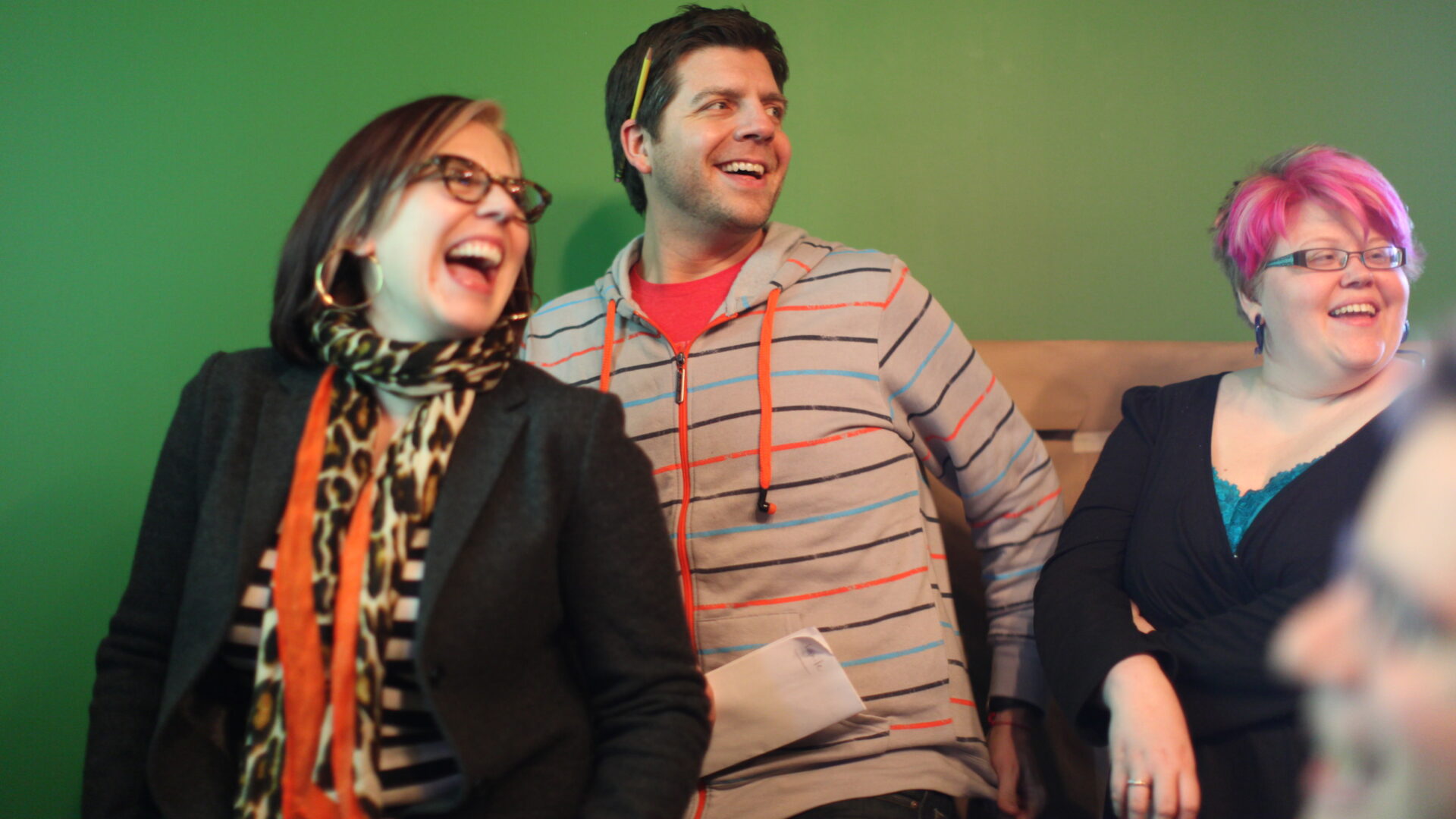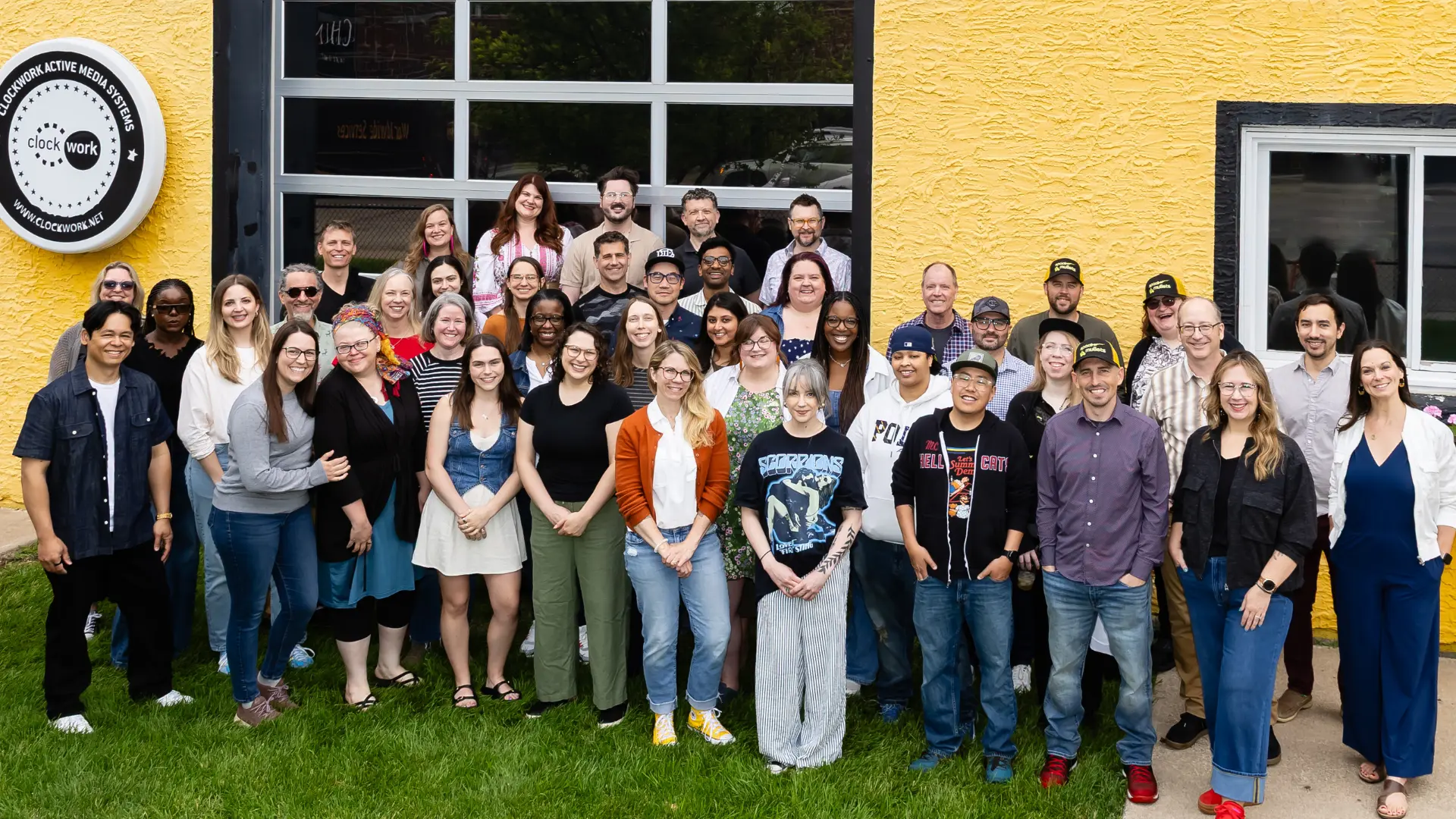On my way into work the other day, I was struck with a sudden lightning bolt of gratefulness.
I had just dropped my son off at his new daycare, and was able to give him the long goodbye that he seemed to need. Before that, I had been standing at the bus stop with my second-grader who probably technically doesn’t need me there, but seems to still appreciate my presence (which I’m enjoying while it lasts). I realized (not for the first time) that my 9:30am arrival time and 4:30pm departure time mean that my in-office time (on days that I am on end-of-day pickup duty, too) totals 7 hours. To make up for this, I generally spend a bit of time working in the evenings — after the kids are in bed, or while my husband is cooking dinner and the kids are doing homework or playing. So, in the end, it all works out — but at other places I’ve worked, this arrangement would have been unthinkable.
That got me thinking about all the ways in which my co-workers and I are able to use our flexible work environment to our collective advantage. People sometimes remark on how family-friendly Clockwork is, but beyond that — I think we’re a human-friendly workplace.
When some people hear the words “family-friendly”, it can conjure up a parent-focused workplace. An environment in which parents are given preferential treatment, while non-parents are left holding the bag. “I’m sure you can stay late tonight, right? I mean, it’s not like you have kids.”
But a flexible work environment — one that is focused on being human-friendly — doesn’t mean that parents are prioritized over non-parents. It means offering people the means to work when and how they need to. It means trusting that, given that flexibility, most people will do the right thing most of the time.
In practice, here’s what that has looked like over the past 10 years:
- A single man who takes time out of the office to care for his father.
- A married man who works remotely while he travels with his wife on her international business trips.
- A woman in a long-distance relationship who can work remotely when she visits her partner.
- A married man who works from home and time shifts his work schedule to provide extra support to his wife and newborn baby.
- A single woman who needs some alone time and works from a cabin for a week.
- A married woman with children who flexes her schedule during the summer to deal with activity drop-off and pick-up times that vary from week-to-week.
- A woman in a committed relationship who works remotely while her partner pursues a Master’s degree out-of-state.
Families aren’t just about employees who are parents. It’s about employees who are children, and their parents. It’s about partners and spouses. It’s about friends who feel like family. It means allowing people to practice self-care, to recognize when they’re starting to burn out, and offering them ways to recharge beyond just taking a day off.
This doesn’t make us a perfect workplace, but it does make things a hell of a lot better. It means that when people show up, it’s on their terms. It means their attention and energy is focused on their job, and not on the things they wish they could take care of.
And I feel exceptionally grateful for that.




